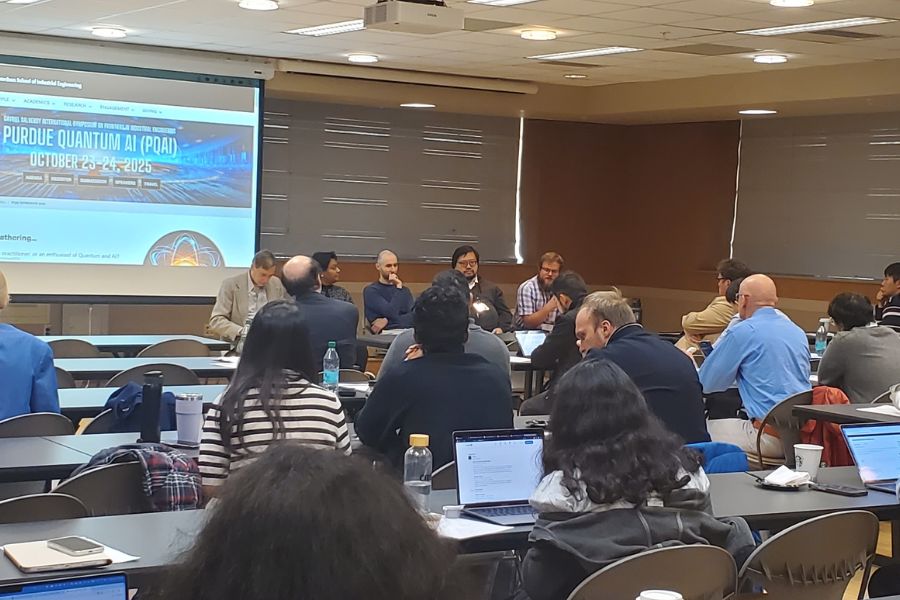Cognitive State Sensing
Maintaining good SA in Level 3 automated vehicles is crucial to drivers' takeover performance when the automated system fails. A multimodal fusion approach that enables the analysis of the visual behavioral and cognitive processes of SA can facilitate real-time assessment of SA in future driver state monitoring systems.
Prior studies have employed workload scoring systems or accelerometer data to assess ICU nurses’ workload. This is the first naturalistic attempt to explore nurses’ mental workload using eye movement data.
Eye-Tracking Metrics Predict Perceived Workload in Robotic Surgical Skills Training
Robotic techniques provide improved dexterity, stereoscopic vision, and ergonomic control system over laparoscopic surgery, but the complexity of the interfaces and operations may pose new challenges to surgeons and compromise patient safety. Limited studies have objectively quantified workload and its impact on performance in robotic surgery. Although not yet implemented in robotic surgery, minimally intrusive and continuous eye-tracking metrics have been shown to be sensitive to changes in workload in other domains.
Physiological Measurements of Situation Awareness: A Systematic Review
Across different environments and tasks, assessments of SA are often performed using techniques designed specifically to directly measure SA, such as SAGAT, SPAM, and/or SART. However, research suggests that indirect physiological sensing methods may also be capable of predicting SA. Currently, it is unclear which particular physiological approaches are sensitive to changes in SA.














